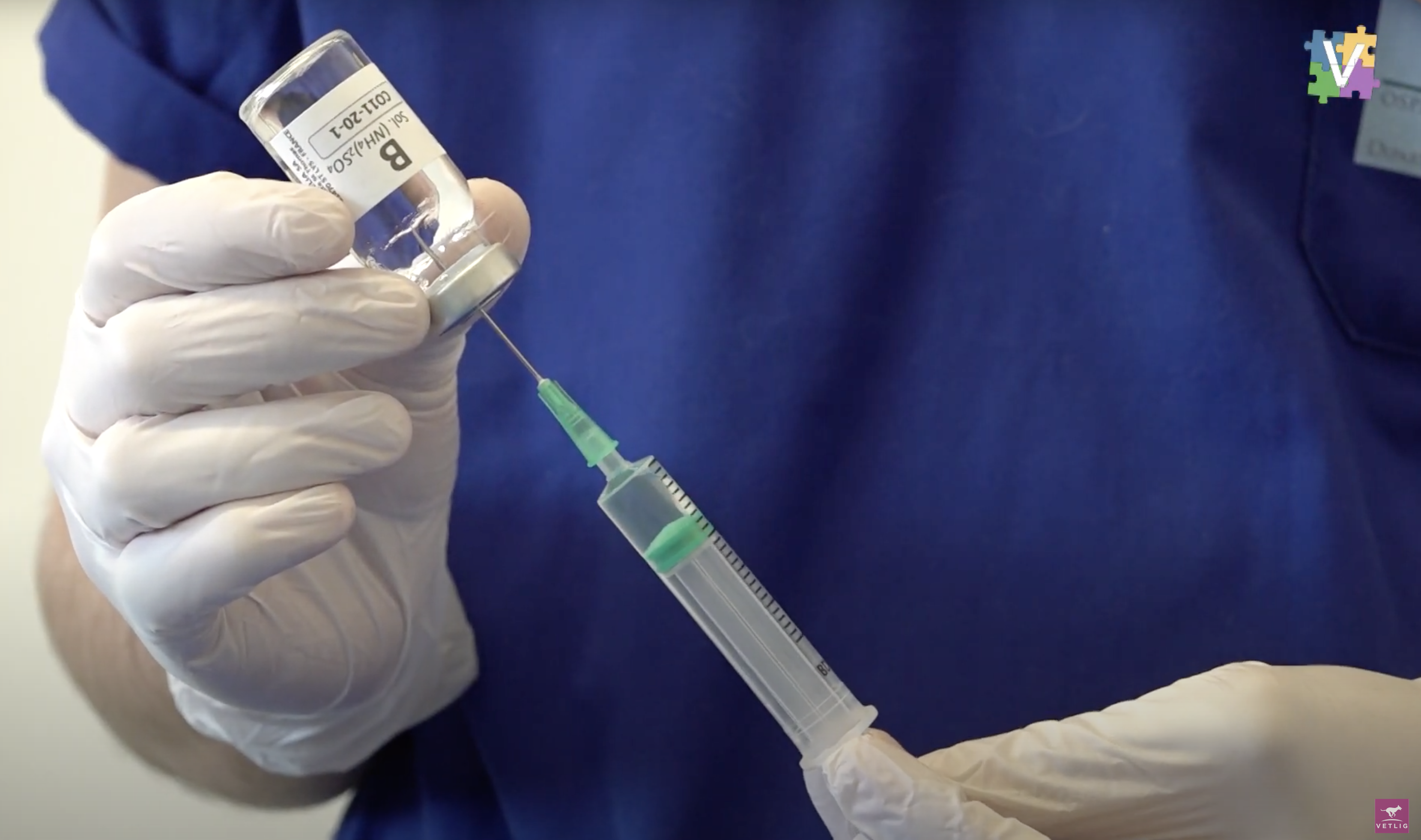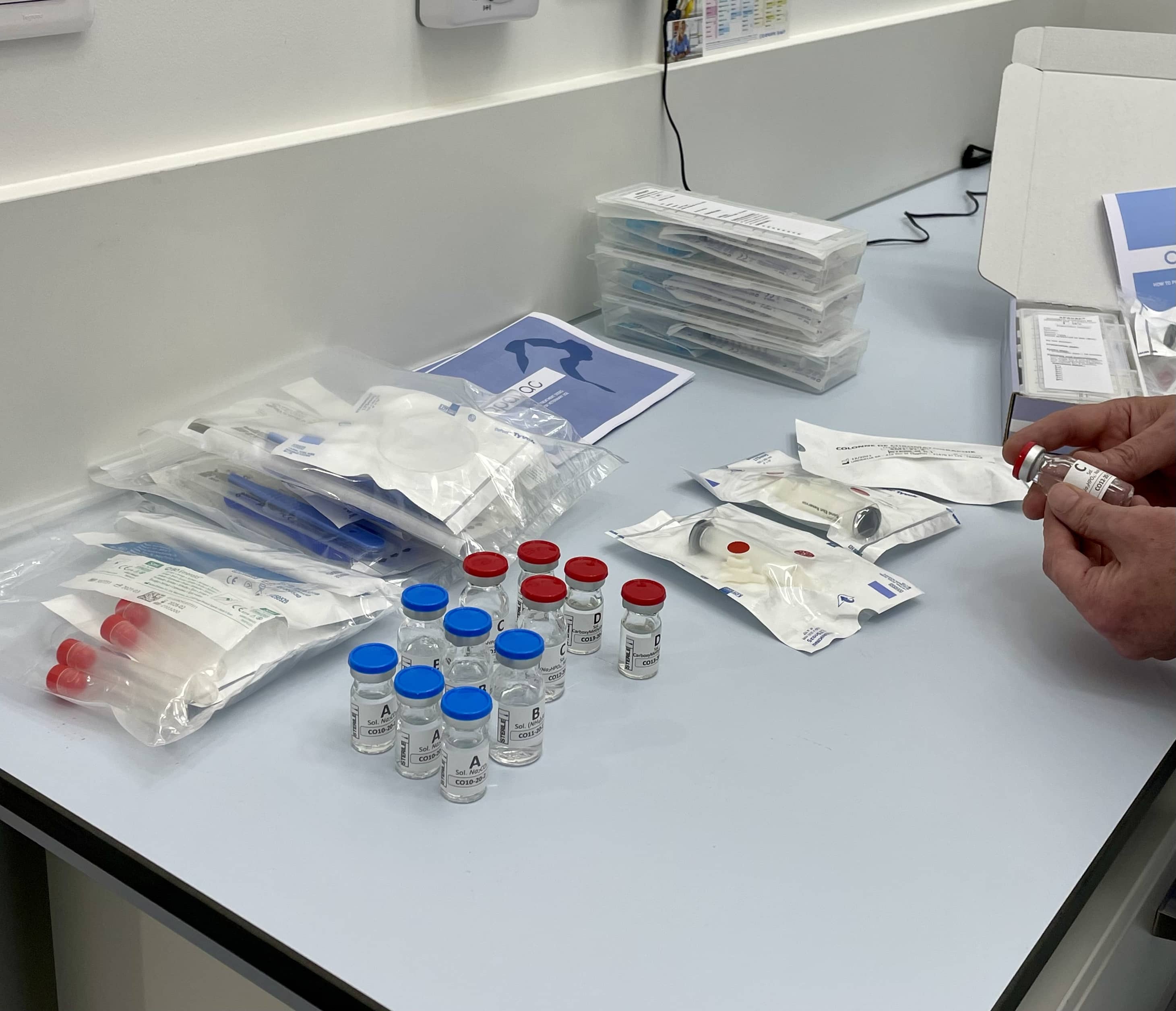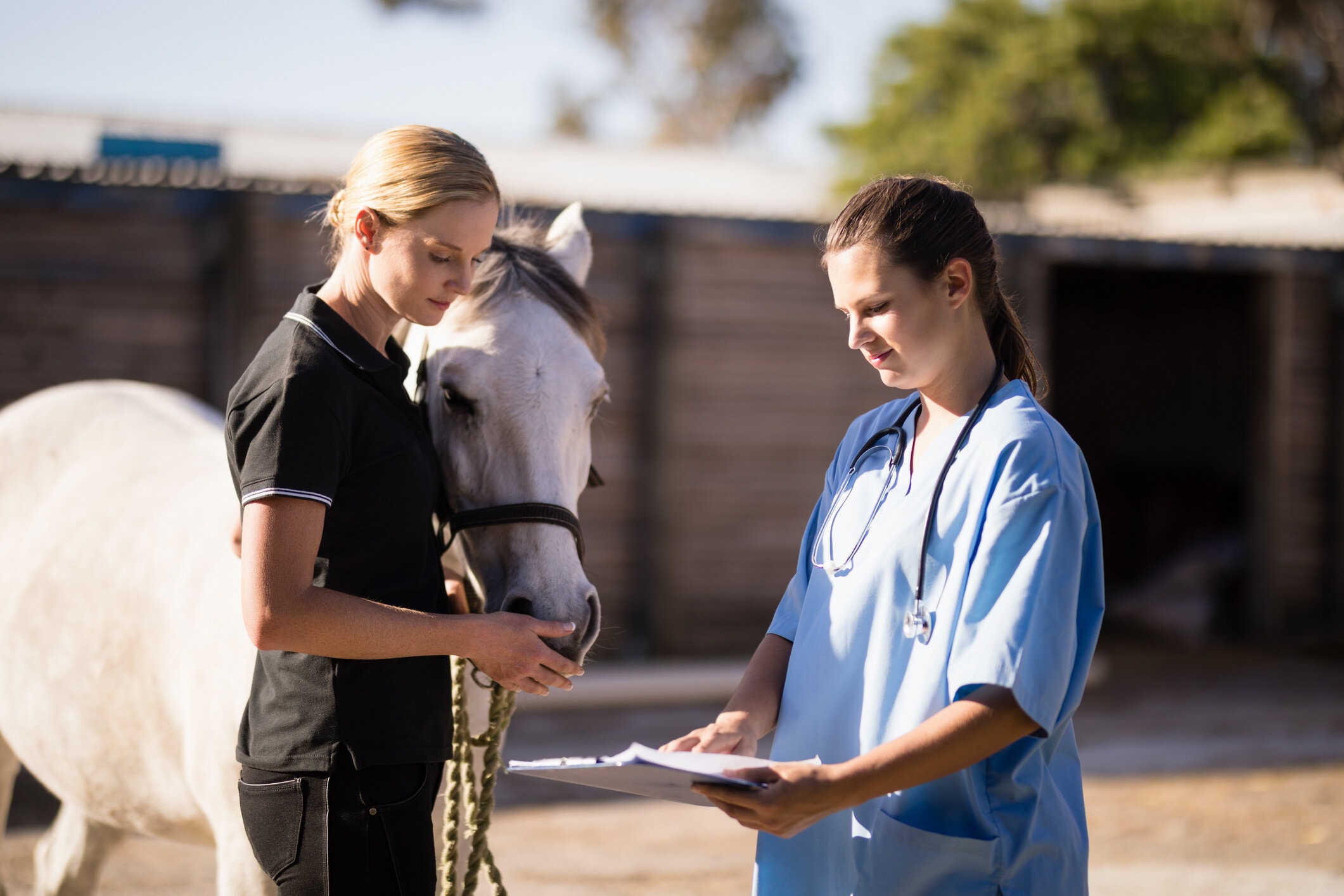APAVAC® autologous Vaccine Which indications for which animals ?
Marketed 10 years ago for canine lymphoma, as a "personalised" immunotherapy in adjuvant medical treatment to chemotherapy, APAVAC® has already been used to treat more than 1,000 animals. But other species and other indications have also benefited from this treatment.

The APAVAC® Kit: Prescribed over 1000 times

Why treatment?
Prepare the treatment by yourself
Personalised immunotherapy, which respects the animal's body, aims to naturally redirect the immune response of dogs, cats, horses and new pets against their own tumour cells.
The treatment is made directly from a biopsy of the animal's tumour, at the clinic: it is therefore specific to the tumour to be treated. It takes 30 minutes of actual work to prepare the 8 doses.
It is then administered subcutaneously, without pain or side effects.
It is now considered a standard treatment for diffuse large-cell B lymphoma in dogs, in association with low therapeutic index chemotherapy .
Recent preliminary results from veterinary users tend to show that APAVAC® also increases the proportion of long survivors and is of interest in the management of haemangiosarcomas, osteosarcomas, oral melanomas, squamous cell carcinomas, mammary carcinomas and sarcoids in dogs, horses and cats.
What are the results?
By the end of January 2024, 1,018 animals had been treated with APAVAC immunotherapy. Unsurprisingly, the feedback received from the various prescribers shows that
- 73% of dogs treated,
- 73% for lymphoma, but also
- 8% for osteosarcoma,
- 4% mammary tumours,
- 3.5% rare tumours and
- 3.5% melanomas (mainly oral melanomas).
- 18% of horses treated for melanoma (and rare sarcoids)
- 7.5% of cats treated for mammary tumours
- 1.5% of NACs (rabbits, ferrets, guinea pigs) treated for lymphomas.
Overall, when the information was reported, vets prescribed immunotherapy in combination with
- chemotherapy in ¾ of cases,
- associated corticosteroid therapy in 2/3 of cases and
- as an adjunct to surgery in ¼ of cases.
Finally, no systemic toxicity, local inflammatory reaction or a fortiori autoimmune reaction was reported to us by any of the hundred or so practitioners already using this treatment.


